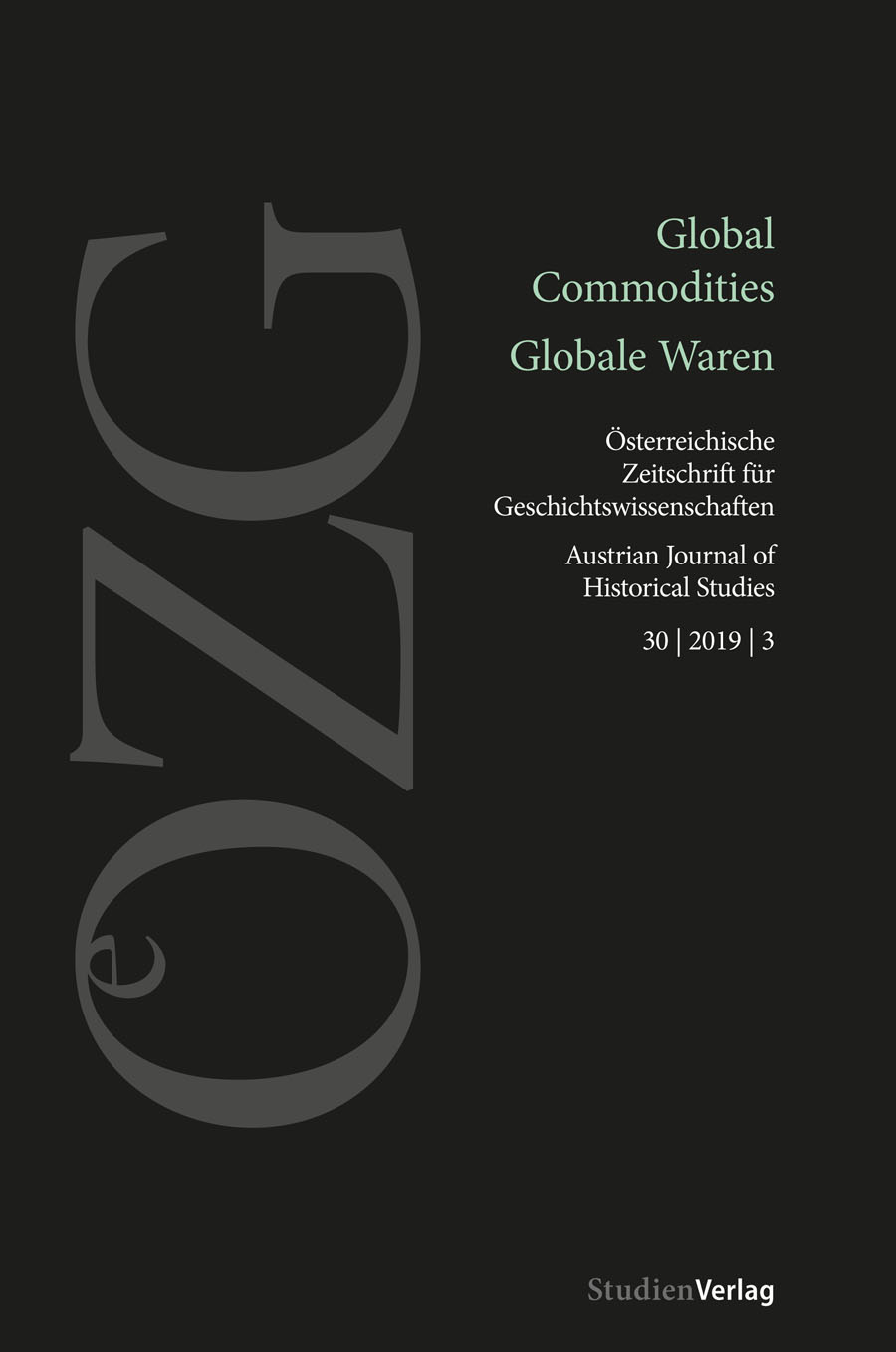Local Peasants and Global Commodities: Sugar Frontiers in India, Indonesia and the Philippines
DOI:
https://doi.org/10.25365/oezg-2019-30-3-3Keywords:
commodity frontiers, sugar, peasants, plantations, India, Java, the PhilippinesAbstract
While the sugar-producing regions in India, in Java and on Negros Island have exhibited a variety of commodity frontiers, they differ fundamentally from sugar frontiers in the Atlantic region. The latter were typically external plantation frontiers created through land grabbing and populated with imported slaves or indentured workers after the respective native populations had perished through diseases and violence. By contrast, sugar production in Asia was usually embedded into existing agricultural systems; here the frontiers were internal ones dominated by powerful landowners or creditors. Peasants were sometimes able to escape their thralldom and open their own external frontiers on uninhabited land. Over time, however, these enterprising peasants invariably came under the sway of more powerful agents as well. All across Asia, the major farmers and landlords who were allied with or frequently owned the sugar factories subjugated most of the local labour force to their economic interests. As a result, the difference between internal and external sugar frontiers in Asia became blurred over the course of the twentieth century. Yet these Asian frontiers still exhibit very different patterns of negotiation and contestation to this day, as will be shown in this article.


